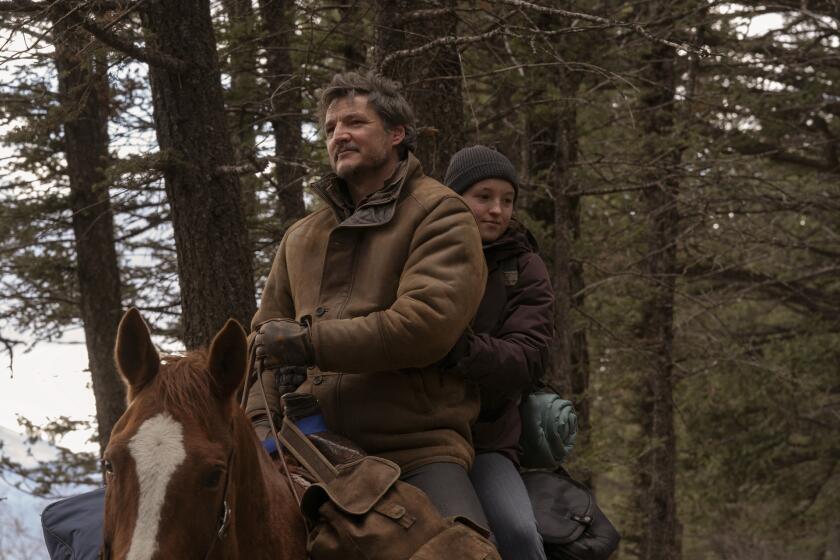Ojai Music Festival’s Libbey Bowl gets a makeover
- Share via
When the 65th Ojai Music Festival opens on June 9, one of the main attractions will be the stage itself.
Libbey Bowl, the festival’s quaint and rustic home for more than half a century, has undergone a $4-million makeover. Its historic wooden clamshell, weakened by rot and termites, has been replaced by a concrete-and-steel structure designed by Ojai architect David Bury; seating and sight lines have been improved; and the cramped backstage has been expanded.
“Even with all the changes we’ve tried to keep the original character,” says Jeff Haydon, the festival’s executive director, noting that the latest shell echoes its predecessor’s familiar arched design.
Such nods to the past reflect Ojai’s desire to honor both the creation of the new bowl and the legacy of the old one. The city-owned amphitheater, which sits in a downtown park, has long been the heart of the local cultural scene, offering audiences the chance to enjoy everything from Shakespeare to Stravinsky amid majestic oaks and sycamores. The venue is best known for hosting this small town’s big-time classical music festival, which debuted in a school auditorium in 1947 before moving to its current site in the 1950s.
Since then, the bowl (which bears the name of early civic leader Edward Drummond Libbey) has evolved into a facility that, including its lawn area, has a capacity of about 1,500. The festival has grown too, gaining international attention with its adventurous, eclectic programming and ability to bring world-class performers and composers to an out-of-the-way spot in Ventura County.
Artists have come to Ojai because of its free-spirited ambience and the festival’s devotion to creative combustion, and because someone always seems to know someone who can add something to the mix. Aaron Copland conducted his own work to inaugurate the bowl in 1957. Others who have appeared there include Michael Tilson Thomas, Kent Nagano, Mitsuko Uchida, Esa-Pekka Salonen and Dawn Upshaw, the music director for this year’s festival.
The bowl itself has also been a draw, although performing outdoors has had its oddities as well as charms. Singing birds join in from time to time. Conductor Pierre Boulez held up the start of one concert to let a noisy train pass by.
Because the original venue was built, as Haydon puts it, “on a shoestring with good-heartedness but not always a lot of practicality,” artists and audiences have grown accustomed to going without certain amenities. The festival’s photo archive —an important source for keeping bowl memories alive — includes a picture from the mid-1950s that shows no one is immune to “roughing it.” In it, Igor Stravinsky, bulky bag in hand, is seen emerging from a tent that was serving as a green room.
“That’s the spirit of the place,” says Haydon. “It’s a classic Libbey Bowl moment.”
More to Read
The biggest entertainment stories
Get our big stories about Hollywood, film, television, music, arts, culture and more right in your inbox as soon as they publish.
You may occasionally receive promotional content from the Los Angeles Times.










